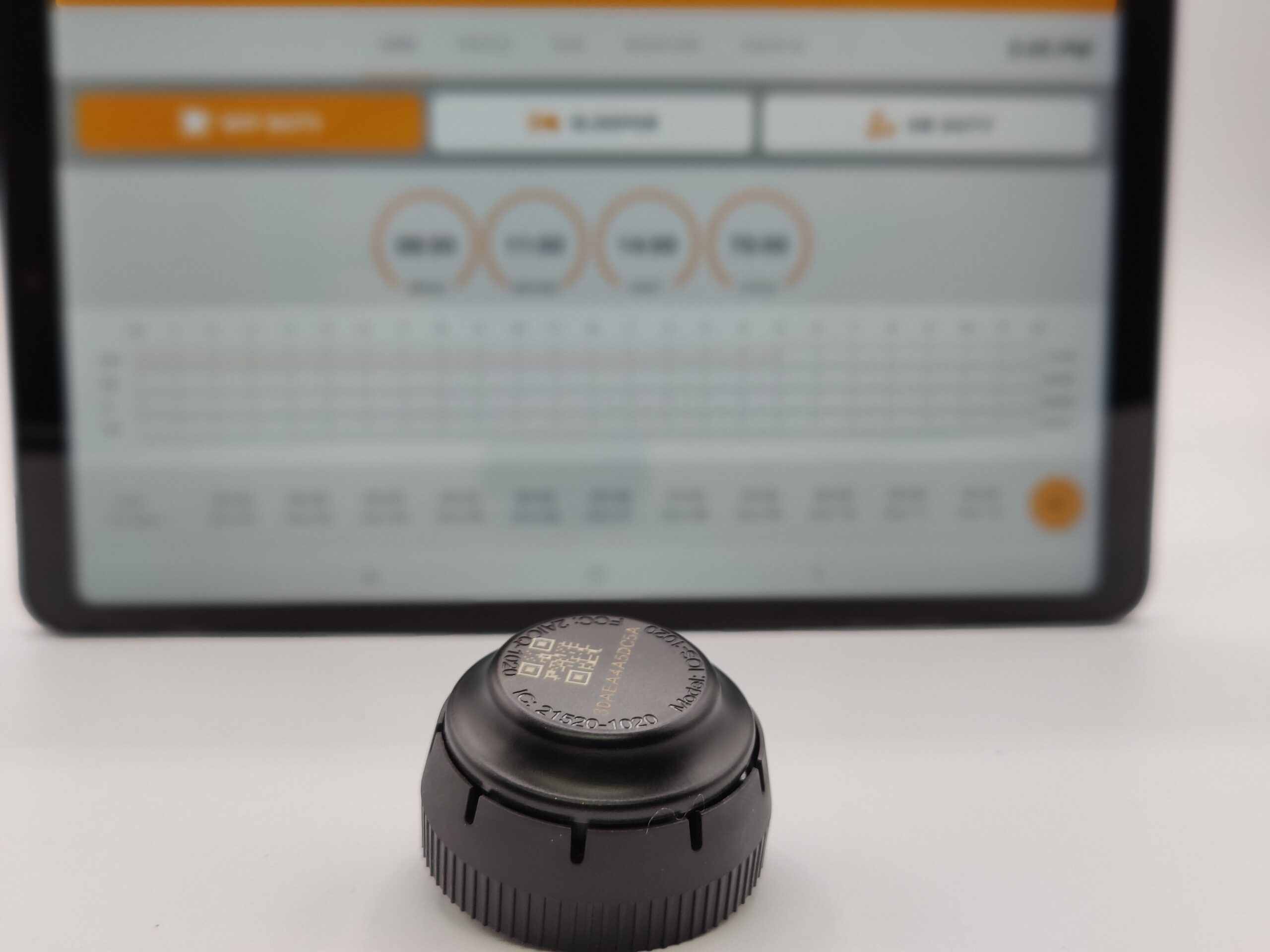
Introduction: In recent years, the trucking industry has witnessed a significant transformation with the introduction of Electronic Logging Device (ELD) devices. These advanced technological tools have revolutionized the way truckers track and manage their hours of service (HOS) compliance. In this blog post, we delve into the benefits and functionalities of ELD devices, highlighting how they streamline operations, enhance safety, and improve efficiency in the trucking industry.
- Simplifying Hours of Service Compliance: One of the primary purposes of ELD devices is to ensure accurate tracking and reporting of a driver’s HOS. ELDs automatically record driving time, rest breaks, and off-duty periods, eliminating the need for manual paper logs. By automating this process, ELD devices simplify compliance with hours of service regulations, reducing paperwork errors, and promoting adherence to legal requirements.
- Enhanced Accuracy and Accountability: ELD devices offer precise and real-time data, leaving no room for guesswork or manual record manipulation. These devices are designed to capture essential information such as driving time, engine hours, and vehicle movement. With accurate and reliable data, trucking companies and drivers can maintain transparency, track performance, and ensure accountability. This promotes a culture of responsibility and safety throughout the industry.
- Efficient Fleet Management: ELD devices go beyond hours of service compliance and offer valuable fleet management capabilities. They provide insights into vehicle utilization, mileage tracking, and driver performance metrics. This data allows trucking companies to optimize routes, monitor fuel consumption, and identify areas for improvement. With ELD devices, fleet managers can make informed decisions to increase operational efficiency and reduce costs.
- Improved Safety Measures: Safety is a top priority in the trucking industry, and ELD devices play a crucial role in enhancing safety measures. These devices provide real-time alerts for potential violations, such as exceeding driving hours or inadequate rest breaks. By promptly identifying and addressing these issues, ELD devices help prevent driver fatigue, reducing the risk of accidents caused by drowsy driving. Moreover, ELDs facilitate accurate monitoring of vehicle maintenance schedules, ensuring that trucks are in optimal condition and minimizing the chances of mechanical failures.
- Simplified Inspections and Audits: ELD devices simplify the inspection and auditing process for both drivers and regulatory authorities. Instead of sifting through piles of paper logs, authorities can quickly access electronic records from ELD devices. This expedites inspections, reduces administrative burdens, and ensures compliance with ease. Truck drivers benefit from reduced inspection times, enabling them to spend more time on the road, increasing productivity, and meeting delivery deadlines.
- Future-Proofing the Industry: ELD devices are not just a temporary trend but a transformative technology that is shaping the future of the trucking industry. As regulations evolve and become more stringent, ELD devices provide the flexibility to adapt to changing compliance requirements seamlessly. By investing in ELD devices, trucking companies future-proof their operations, staying ahead of regulatory changes and positioning themselves for long-term success.
ELD devices have become a game-changer in the trucking industry, revolutionizing how truckers manage their hours of service and improving overall operations. With simplified compliance, enhanced accuracy, improved safety measures, efficient fleet management, and simplified inspections, ELD devices empower trucking companies to streamline their operations, optimize efficiency, and prioritize safety. Embrace the power of ELD devices and join the progressive wave transforming the trucking industry for a safer, more efficient future.



Comments are closed